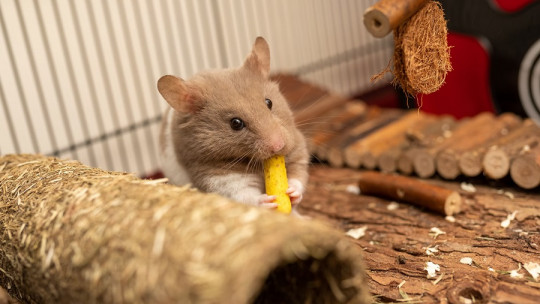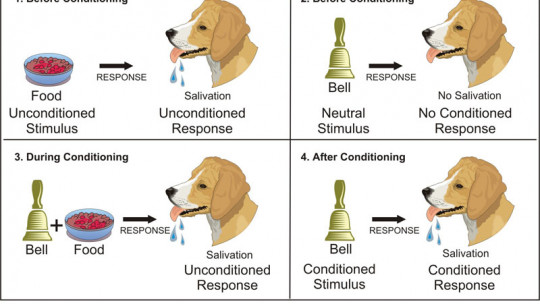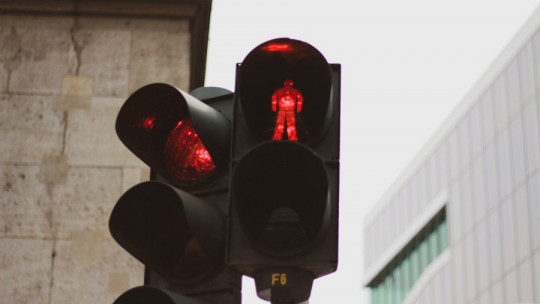
How do our past experiences and deeply held beliefs affect the way we perceive and respond to emotional situations? Is it possible to free ourselves from emotional conditioning and achieve greater autonomy in our emotional responses?
In this article, we will explore the journey from emotional conditioning to emotional freedom, we will investigate both concepts and through a series of strategies and reflections, we will discover how to challenge our automatic responses and cultivate greater self-awareness to guide us towards a more emotionally free experience. and satisfactory.
emotional conditioning
We function most of our time with automatic programs that have been recorded in our unconscious. We are emotionally conditioned to certain situations due to a combination of internal and external factors that influence the way we perceive and respond to different emotional stimuli. Some of the reasons behind this emotional conditioning include past experiences, social learning, attachment patterns, and personal beliefs and values
Our past experiences play a fundamental role in the formation of conditioned emotional responses. If we have experienced intense or traumatic emotional events in certain situations, our emotions are likely to be automatically activated when we encounter similar circumstances in the future.
Additionally, we learn through observation and imitation of the behavior of others in emotional situations. If we observe people close to us reacting in certain ways to certain stimuli, we may adopt those emotional responses as our own.
In addition, our attachment style, which develops in childhood based on our interactions with primary attachment figures, also influences how we respond emotionally to different situations. For example, if we have developed a secure attachment, we are more likely to respond to emotional situations calmly and confidently.
Finally, our personal beliefs and values can also condition our emotional responses. If we have deeply held beliefs about ourselves, others, or the world that reinforce certain emotions, we are likely to respond consistently based on those beliefs.
Being emotionally conditioned to certain situations can have various negative consequences for our emotional health and our interpersonal relationships. Recognizing and addressing this conditioning can be instrumental in promoting greater emotional well-being and personal growth. Some of these consequences may include: automatic and limited responses, difficulties in decision-making, interpersonal conflicts, persistent emotional distress, as well as difficulties in personal development.
Path to emotional freedom
The path to emotional freedom is a learning journey. We cannot be totally free because we are learners and we have a path of personal development and consciousness that is constantly evolving throughout our lives.
In this sense, being emotionally freer implies having the ability to experience and express a wide range of emotions in an authentic and healthy way, it means being more aware of how to respond to the situations we encounter, without being so limited by conditioned emotional patterns. that lead us to react unconsciously.
Emotionally free people show distinctive characteristics that define them.
They develop their self-awareness, understanding their own emotions, thoughts and motivations. They are more authentic in the expression of their emotions, showing their true feelings without fear of disapproval. Besides, They are more emotionally flexible able to adapt and respond more effectively to different emotional situations, without feeling so overwhelmed by them.
Emotional independence is key for them as well, since they do not depend excessively on others to validate their emotions, and they maintain solid self-esteem and self-confidence. They are resilient, and face emotional challenges, recovering from adversity without losing their internal balance. Even though they are more emotionally independent, they also show empathy and connection with others, having healthy interpersonal relationships based on mutual understanding and emotional support. Finally, they have the freedom to make decisions based on their values, needs and desires, and live more authentically according to their own essence.
Finally, here you will find some strategies that can help you observe and become aware of how you respond emotionally to your experiences and move towards the path of emotional freedom:
1. Self-assessment of emotional patterns and responses
Observe your recurring emotional responses in different situations. Ask yourself if your emotions are proportional and appropriate to the situation or if they are being triggered by past experiences or deep-rooted beliefs. This self-assessment is essential to understand your reactions or responses in various situations and work towards emotional freedom.
2. Reflection on past experiences
Examine your emotional history and consider whether certain past experiences could be influencing your current emotional responses. Identify if they repeat themselves the same types of situations and look for events or relationships that may have contributed to conditioned emotional patterns Recognizing these patterns is the first step to freeing yourself from them and moving towards emotional independence.
3. Exploration of personal beliefs and values
Analyze your personal beliefs and values about yourself, others, and the world in general. Consider whether these beliefs are influencing your emotional responses and whether they are realistic and healthy. Exploring your beliefs and values is essential to developing greater self-awareness and to challenging those that may be limiting your emotional freedom.
4. External perspective taking
Ask trusted people in your life for feedback about your emotional responses. Sometimes outside observers can offer an objective perspective on your emotional patterns and help you identify possible conditioning. Seeking the perspective of others can give you a broader view of your emotional patterns and be an important step toward emotional freedom.
5. Practice mindfulness
Cultivate full awareness or Mindfulness to be here and now in the present moment and observe your emotions without judging. Mindfulness can help you recognize conditioned emotional patterns and respond more consciously Regular mindfulness practice is a powerful tool for developing self-awareness and emotional authenticity, helping you free yourself from limiting emotional patterns and move toward greater emotional freedom.
In conclusion…
The journey from emotional conditioning to emotional freedom has led us to explore the complexities of our internal responses and how these have been shaped by factors such as our past experiences, social learning and attachment models. Recognizing these influences is the first step toward a more emotionally authentic and satisfying life.
As we discover how to free ourselves from conditioned emotional patterns, we open ourselves to greater self-awareness, authenticity, and emotional flexibility. By implementing strategies such as reflection, exploration of beliefs and the practice of mindfulness, we embark on a path of personal growth towards a fuller and more emotionally free life.








